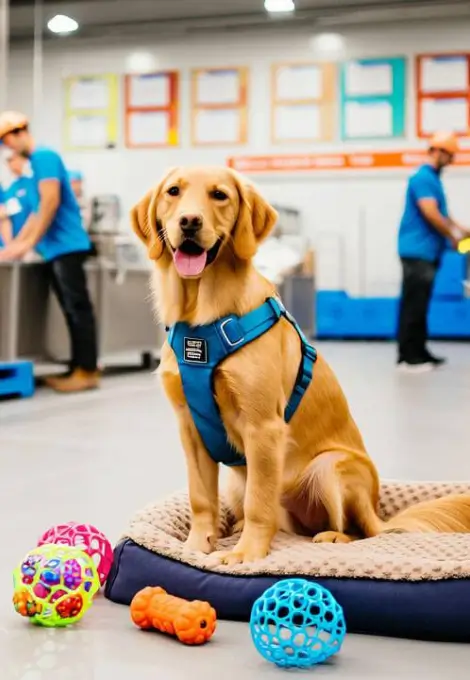What Pet Experts Say About High-Strength Dog Harness Buckles
Regarding dog harnesses, is it enough for the buckle to be sturdy? Does escape prevention depend mainly on design?
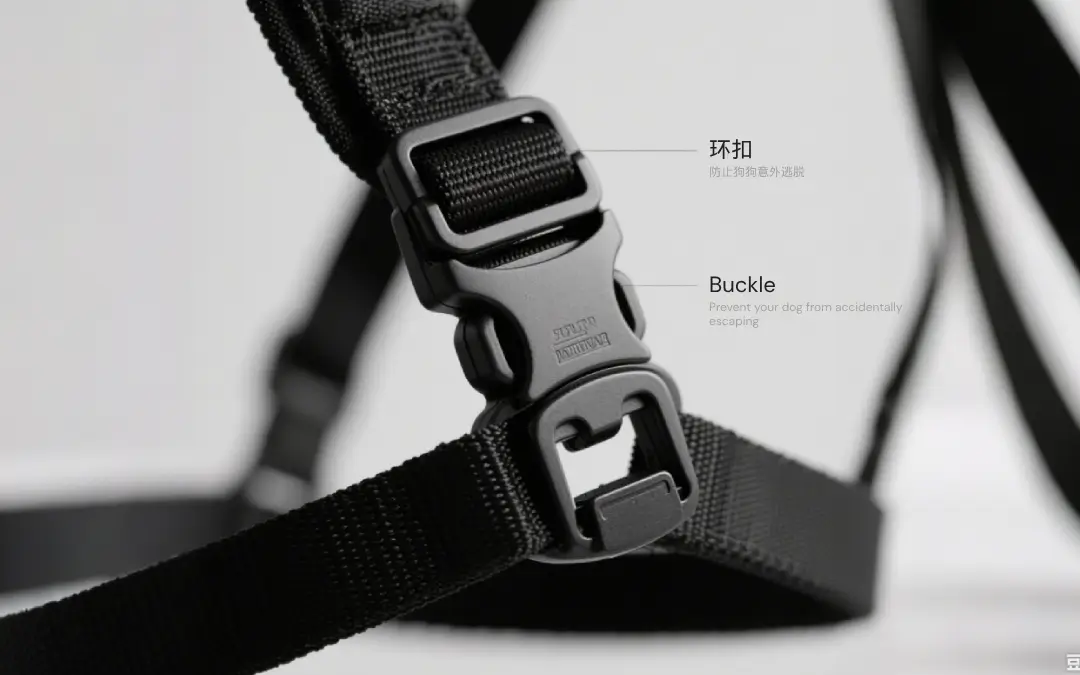
OK, if you think anything, you can leave your thoughts in the comments section.
But in my opinion… this idea may underestimate the huge responsibility of this small component “buckle”! It is the last physical line of defense on the “seat belt” of your furry child! Today, let’s talk about how the high-strength buckle of a truly safe chest harness can prevent “jailbreakers” from escaping successfully?
Materials and Craftsmanship
First of all, have you ever wondered why ordinary plastic buckles are easy to “break”? Imagine an excited big dog suddenly bursting, or a smart dog learning the “twist method”… Ordinary inferior plastic buckles may break, deform, or even “click” automatically under huge instantaneous tension or repeated twisting pressure! It’s creepy to think about it. As far as I know, in some countries, if dogs are poorly managed or have accidents, they will be fined heavily, right?
Therefore, the core of high-strength buckles is first of all the hard-core upgrade of materials and processes!
We no longer use ordinary plastics, but engineering-grade reinforced nylon (such as PA66) or special polyester materials. These materials themselves have super high strength, toughness and wear resistance. Simply put, they are stronger and less likely to break or deform. Don’t you think that only solid basic materials can ensure safety?
Good materials alone are not enough, precision injection molding technology is the key. This ensures that the internal structure of the buckle is dense and uniform, without bubbles or weak points. At the same time, key stress-bearing parts (such as locks and tenons) will be thickened or reinforced, just like reinforcing bones, greatly improving the tensile and torsion resistance! When buying, you can focus on the thickness of the buckle and whether the edge is smooth and firm. Inferior products are usually thin, brittle, and rough.
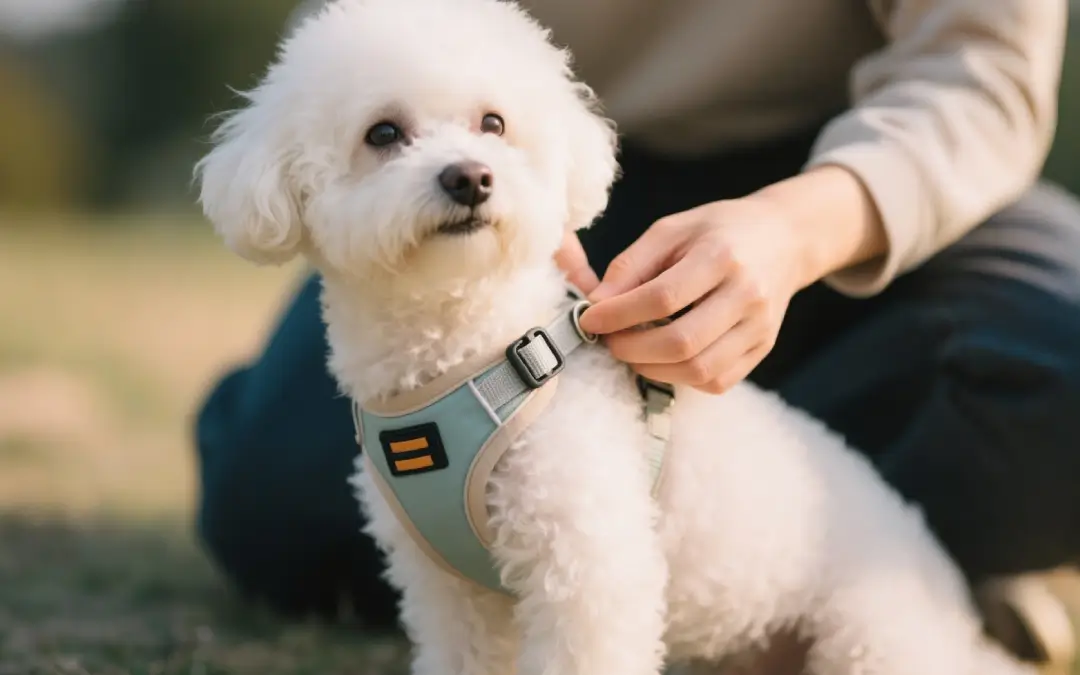
Structural Design
Okay, the problem of “sturdiness” has been solved, and the next challenge is: “A dog is so smart that it will open it by itself!” Or, “Sometimes when walking, the buckle will loosen by itself?” This depends on the “anti-misopening” structural design of the buckle!
- Double insurance lock: High-strength buckles generally adopt a double insurance design. The first lock is the most basic press-to-unlock with a key/push-pull. The second lock is a lock! Common ones are:
- Self-locking structure: After the pin is inserted into the buckle seat, the internal spring or lock will automatically “click” and lock, forming a physical barrier. At this time, it cannot be unlocked by accidentally pressing the button from the outside! You must press and hold a specific release point (which may be hidden inside the structure, or require force at a specific angle) at the same time to unlock. This greatly increases the difficulty for dogs to accidentally open.
- Rotating/sliding lock: After completing the basic buckle, you need to rotate or slide an additional lock plate to fully lock it. This lock plate must also be operated first when unlocking. One more step, one more safety. Think about the car seat belt buckle, does it work in a similar way?
- Key points for precise engagement: The connection between the pin and the buckle seat is designed very precisely to ensure a tight engagement without any gaps when fully engaged. This way, it is not easy to loosen or “jump teeth” when pulled or twisted. A good buckle will make a crisp “click” sound when engaged, which often represents the reliability of the lock.
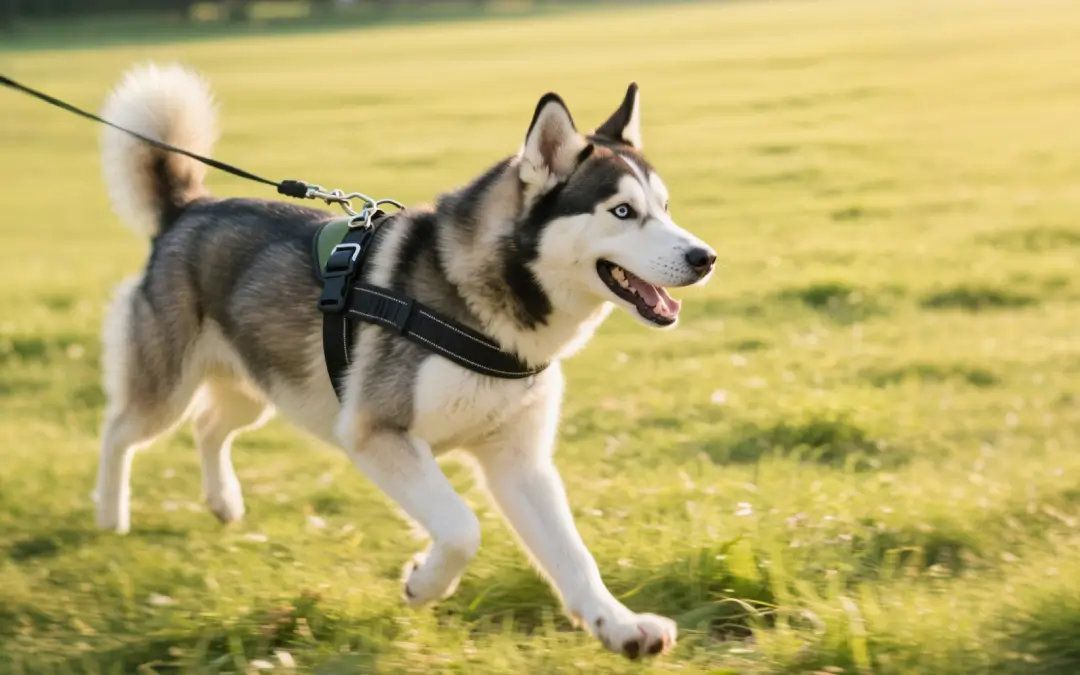
Scenario Application
After talking about materials, craftsmanship and structure, do you think it is foolproof? Don’t worry, safety is a systematic project! For the high-strength buckle to play its maximum effect, it depends on how it works with the entire chest harness:
No matter how strong the buckle is, it will be useless if the connected webbing is not strong enough or the stitching is fragile! Therefore, the high-strength buckle must be matched with the same high-strength nylon webbing and professional reinforcement sewing technology (such as Bar-Tacking reinforcement). This can ensure effective power transmission and the buckle is not “isolated and helpless”.
If the chest harness is too loose, the dog can easily twist its body to find the force point to break free, and may even take off the chest harness completely; if it is too tight, it will be uncomfortable. Correctly adjusting the tightness to the tightness that can insert 1-2 fingers can not only ensure comfort, but also make the buckle and webbing system fit the dog’s body tightly, greatly reducing the possibility of accidental unlocking due to twisting friction. Remember to check the tightness before walking your dog!
Even high-strength buckles will wear out and age after long-term use. Develop a habit of regular inspections: Listen to see if the buckle sound is still crisp? Check if the latch, latch, or button has cracks or deformation? Are the movements smooth? If you find any abnormalities, replace them immediately! Safety is no small matter, and prevention is the key.
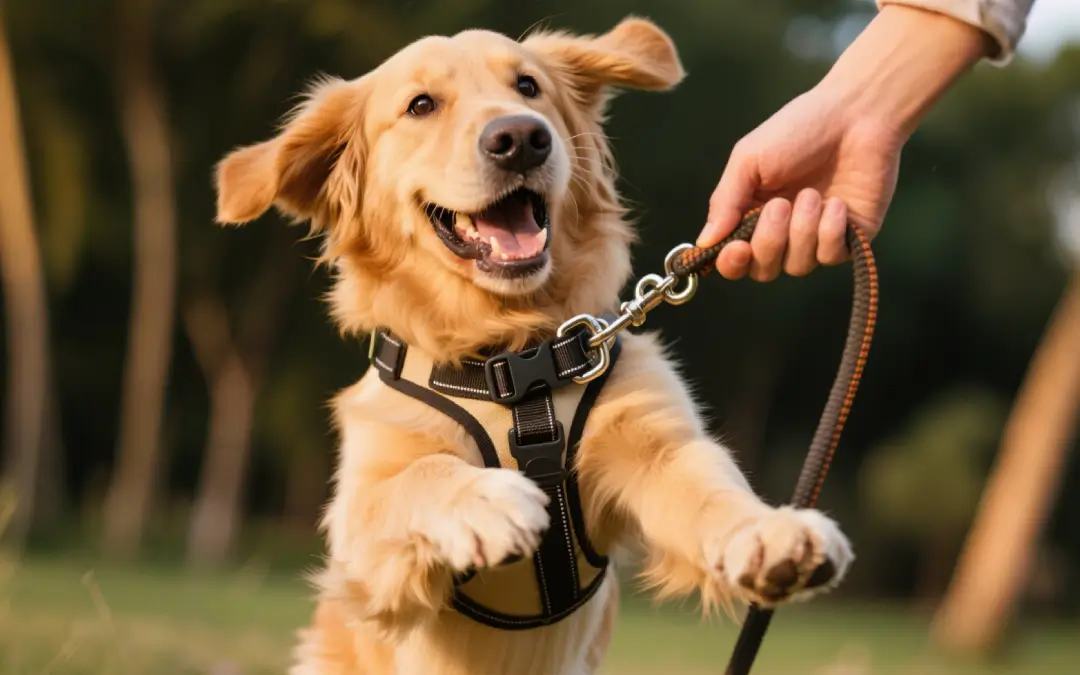
Summary
A pet chest harness that can effectively prevent escape, its high-strength buckle is the core hard-core link in the safety chain. It is made of engineering-grade materials + precision technology, and then relies on the design of double safety buckle + precise bite structure, and finally cooperates with high-strength webbing, correct adjustment and regular inspection to build a solid “lifeline” for our furry children.
Next time you buy a chest harness, remember to pick it up, focus on feeling the thick texture of the buckle, press it to listen to the sound of the buckle, and see if there is a second safety design… These small details are the big guarantee of safety!
OK, get out of class is over! If you are also interested in the safety design of other parts of the chest harness (such as webbing, reflective strips, traction rope connection rings), or have a thrilling experience of your furry child “escaping from prison” that you want to share, please leave us a message to communicate! Remember to follow us Wingtupet to get more professional and reliable pet safety knowledge!






